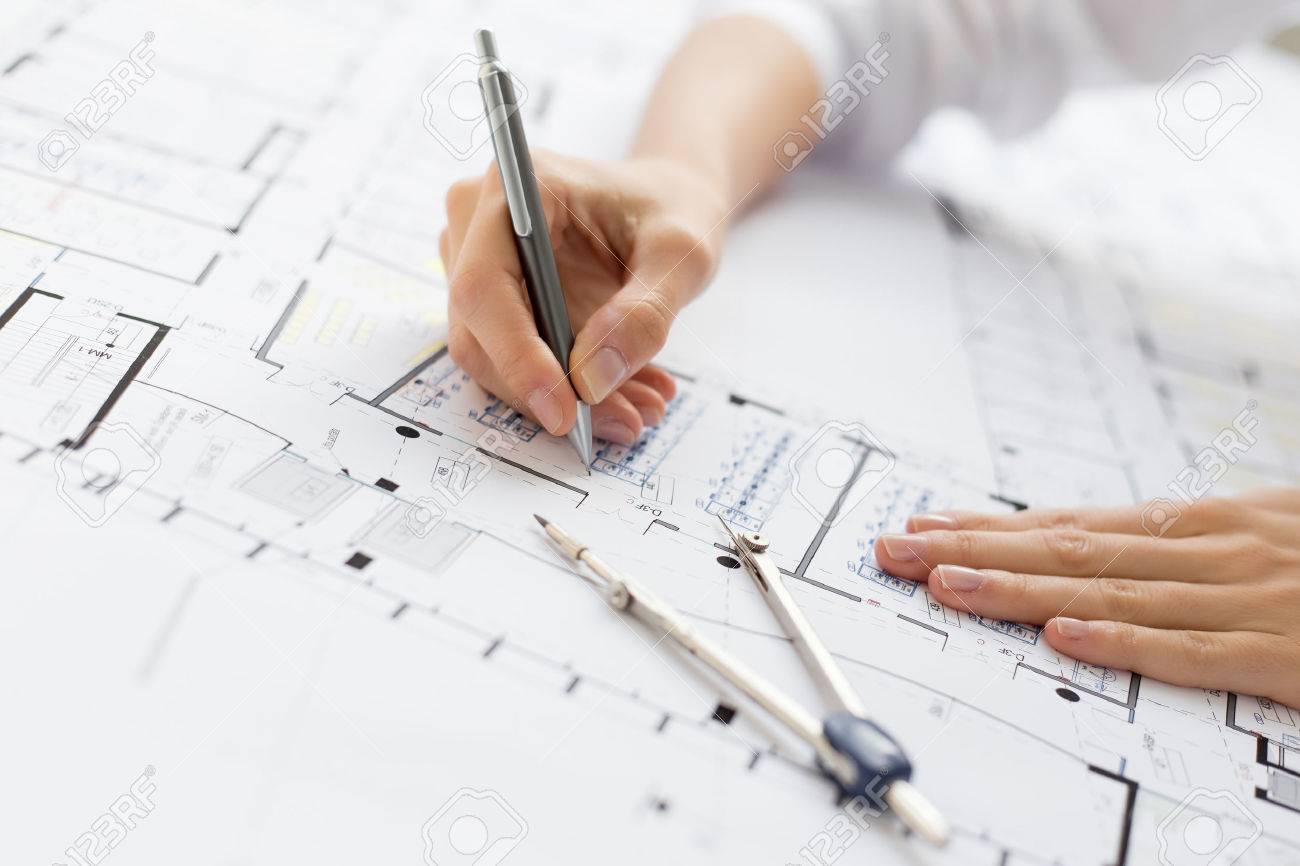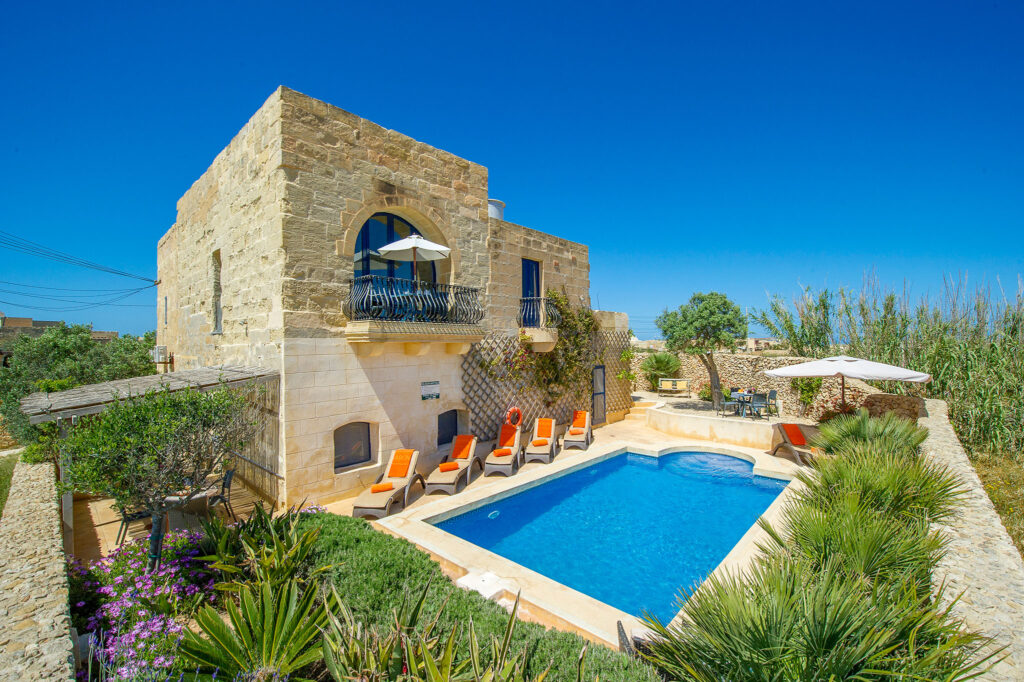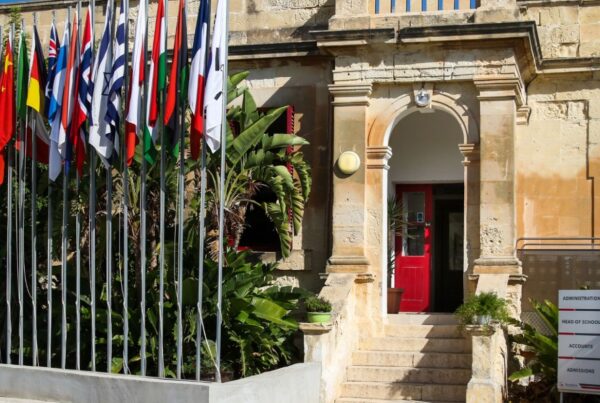 如果您点击这里,此页面将被翻译成中文。
如果您点击这里,此页面将被翻译成中文。
 如果您点击这里,此页面将被翻译成中文。
如果您点击这里,此页面将被翻译成中文。
 如果您点击这里,此页面将被翻译成中文。
如果您点击这里,此页面将被翻译成中文。
 如果您点击这里,此页面将被翻译成中文。
如果您点击这里,此页面将被翻译成中文。
Step-by-step guide to buying property in Malta
[tta_listen_btn]
There are aspects of the property purchase process in Malta that I appreciate, such as the promise of sale period. During this time, the property is taken off the market, ensuring it cannot be sold to another party while you handle various tasks like arranging architectural reports and securing a loan.
However, what I find frustrating is the lack of transparency and knowledge among the parties involved. It seems like nobody can provide a clear overview of the process or its associated costs from beginning to end. Proactivity is also lacking, and it often feels like I have to constantly follow up with my loan manager to determine the next steps.
To address this, I’ve written this post to demystify the process and provide first-time buyers with more information. My hope is that armed with this knowledge, you’ll be better prepared for what lies ahead and can navigate the process more smoothly.
1. Get loan quotes from banks
Before formally applying for a loan, I suggest visiting several banks to inquire about your eligibility, the amount they can offer, and the projected repayments. While many banks may extend sizable loan offers, it’s crucial to assess whether the loan is truly affordable for you in the long term.
For instance, one bank may offer a quote of up to €850k on the spot, with the possibility of extending it to €1M with additional documentation. However, with repayments around €5000+ per month at that level, it could easily consume your entire salary, making it an impractical choice.

It’s important to note that a preliminary approval is not a guarantee of final acceptance once you formally apply. In my experience, I was initially approved during the preliminary stage but later rejected, as it appeared that the desk staff were not fully informed about certain qualifying criteria, such as the reluctance of most banks in Malta to provide loans to C-level staff.
Find a Bank
https://realestateguidemalta.com/banks
2. Find the people you will need
You’ll require:
An architect
https://realestateguidemalta.com/architects
A notary
https://realestateguidemalta.com/notary
These professionals will accompany you through much of the process, so

it’s essential to ensure you have a good rapport with them and trust their expertise. Verify their availability, responsiveness, and fees beforehand to avoid any unpleasant surprises at the conclusion of the process.
3. Architect to review property
Your architect will need to access the following:
: Land registry plan
: Schedule 8
: Any permits registered to the property
With this information, they can conduct an on-site evaluation. Here are the key aspects they should confirm:
:Is the property constructed in accordance with the approved plans/permits?
:Is the property in satisfactory condition?
:Is the property valued accurately?

4. Sign Promise of Sale
Your notary will require most of the documents from your architect (such as plans and permits), so ensure you provide these in advance. Prior to scheduling the date to sign the promise of sale, discuss with your notary to agree on the essential points to include. At minimum, ensure these six points are covered:
:Confirmation that the property is covered by all necessary building permits and complies with sanitary laws.
:Agreement that all fees related to the property (e.g., architect fees, building fees, any outstanding bills) will be settled by the seller before the contract concludes.
:Assurance from the seller that there are no pending or threatened litigations or disputes concerning the property.
:Requirement for the seller to provide an Energy Performance Certificate.
:Condition that the sale is contingent upon the notary’s searches being satisfactory.
:Stipulation that the sale is dependent on the purchaser securing a bank loan.
When you attend the signing of the promise of sale, be prepared to pay the deposit immediately. Ideally, bring a cheque for the deposit amount, along with an additional 20% of the stamp duty. For first-time buyers, the stamp duty is 5% of the property value exceeding €175,000, and 1% is paid upon signing the promise of sale.
For instance, if the property value is €300,000 (and you are a first-time buyer), the stamp duty calculation would be as follows:
Taxable amount: €300,000 – €175,000 = €125,000
Total stamp duty: 5% of €125,000 = €6,250
Stamp duty paid on signing of promise of sale: 20% of €6,250 (or 1% of €125,000) = €1,250
Remaining stamp duty paid at final signing: €6,250 – €1,250 = €5,000
Attendees at the signing typically include you, your notary, the seller, and potentially the estate agent (if applicable).
5. Formally apply for the bank loan
Select the bank you prefer to work with and initiate the process. Here’s a general outline of what to expect:
:Provide your employment contract.
:Submit 3-6 months’ worth of payslips.
:Furnish 3-12 months’ bank statements from all your accounts (local, foreign, Revolut, etc., including current and savings accounts).
:Present the promise of sale document.
:Open a bank account.
During my application, I experienced a thorough review of almost every transaction on my Revolut account. The representative questioned certain transfers, such as those made through the split bill feature, and made comments implying a judgmental attitude towards my spending habits, despite having already paid a 10% deposit and maintaining significant savings. The interaction felt condescending and unwarranted.
Find a Bank
https://realestateguidemalta.com/banks
5 a) Sanction Letter
Once your account is opened and the loan is approved, you will receive a Sanction Letter from the bank. This document should be provided to your notary. The Sanction Letter confirms that, based on the information available to the bank at that time, the loan will be approved. However, it is important to note that the loan approval is still contingent upon the bank’s architect providing a favorable report and your acquisition of all necessary insurances.

5 b) Form A
To complete the process, the bank will need to fill out Form A. This form will be finalized once:
:The bank conducts its own assessment of the property by sending their architect to verify its legality and value, aligning with the amount you are borrowing.
:You have acquired life insurance.
:You have acquired property insurance.
You typically have the option to obtain insurance either through the bank or from another provider, according to your preference.
6. Signing the contract
Once the notary has been informed of the completion of Form A, they can coordinate with the bank to schedule a date for signing the final contract. Typically, the meeting will involve you, the notary, and the seller, who should bring the keys to hand them over at that time, unless otherwise agreed upon beforehand.
Plan for approximately 1.5 to 2 hours for this meeting, as delays are common, and there is a substantial amount of material to cover. The notary will read through the entire contract, which may vary depending on the circumstances of each transaction. In my case, where both the buyer (myself) and the seller used the same bank, the contract comprised three sections:

Section 1: outlining the terms of the loan between me and the bank.
Section 2: detailing the transfer of the property from its previous owner.
Section 3: addressing the settlement of the purchase price and any outstanding mortgage for the seller.
After the notary reads the contract aloud, you will sign it. They may request a few final documents (such as a copy of your passport), and once completed, you will receive the keys. Congratulations—you are now the proud owner of a property!









